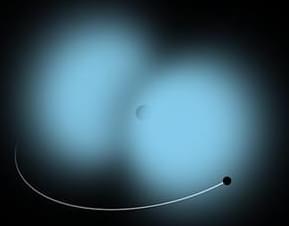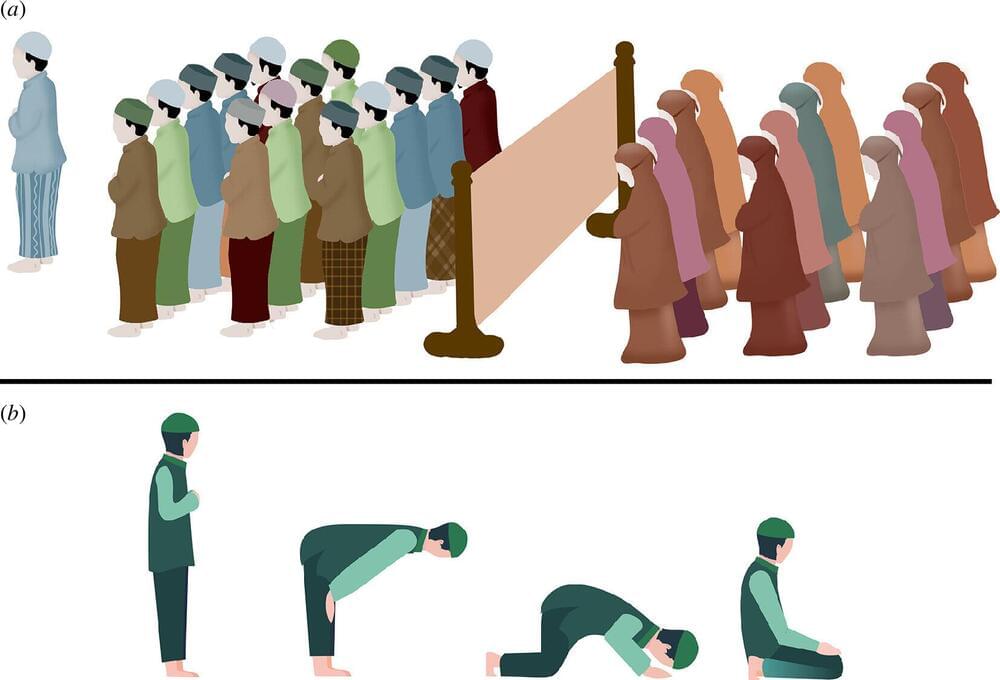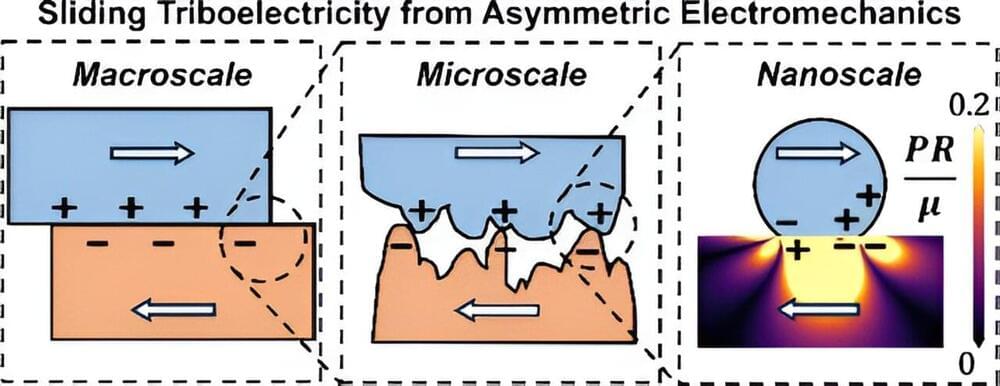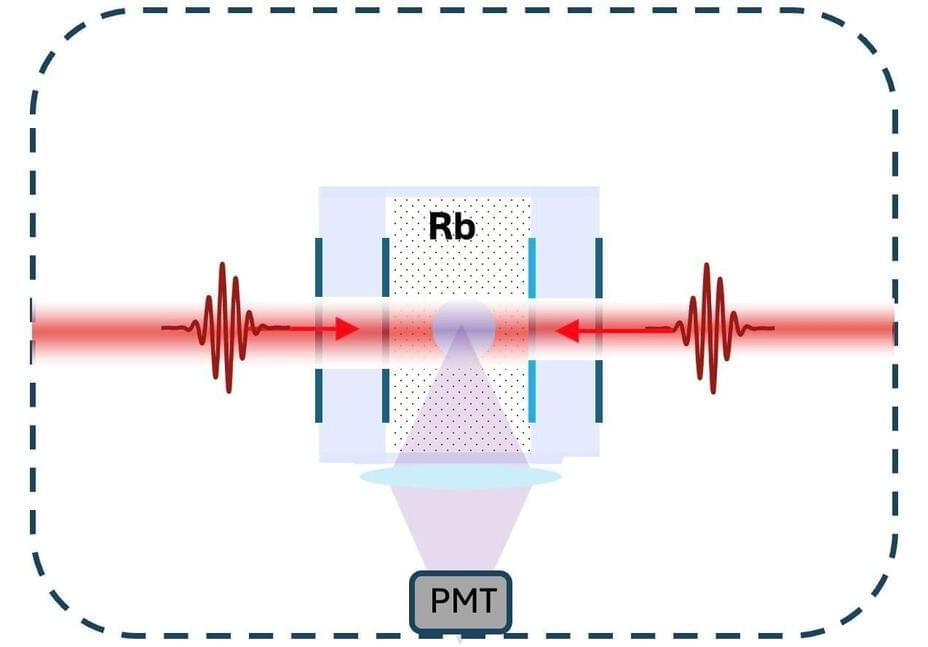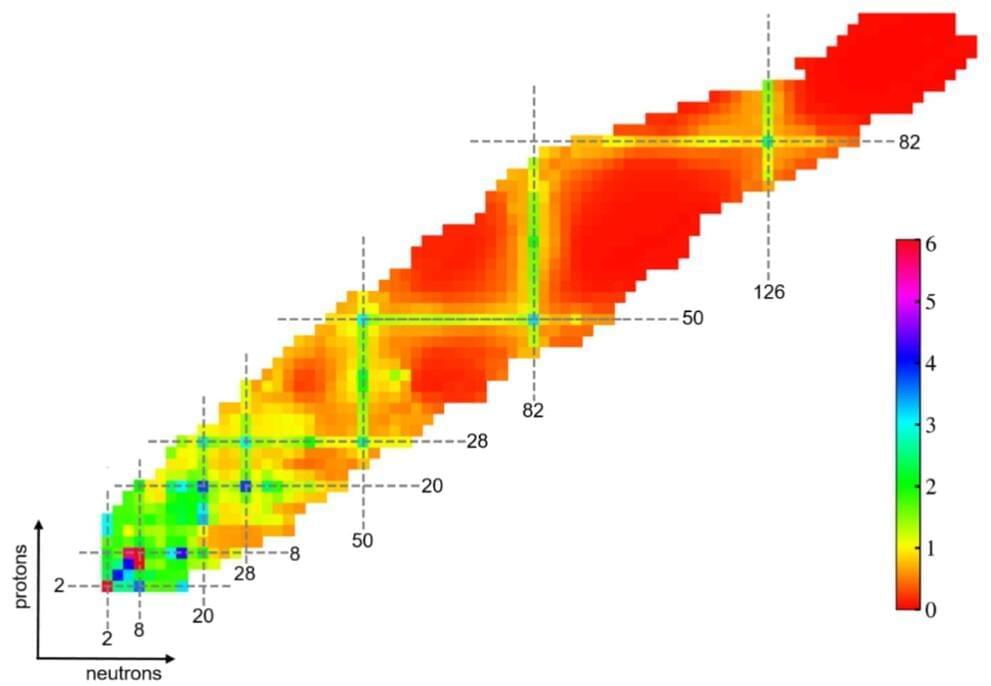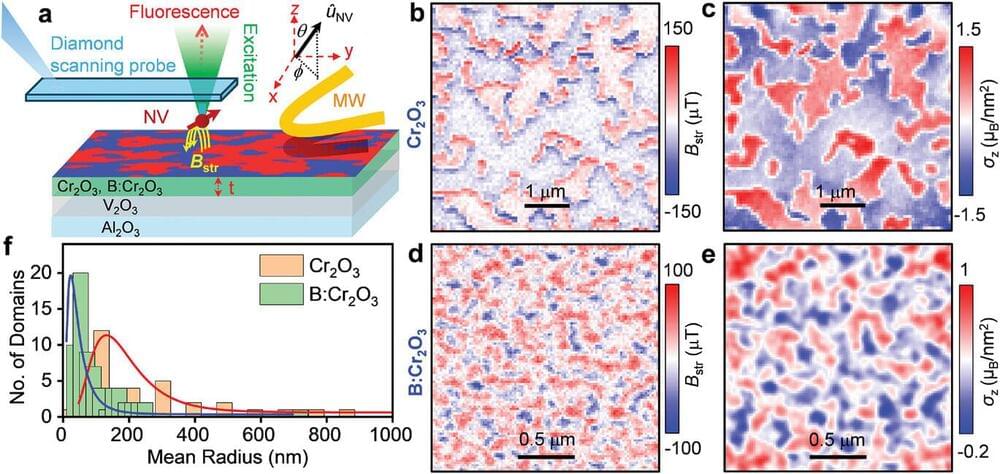Sep 19, 2024
Signatures of Gravitational Atoms from Black Hole Mergers
Posted by Saúl Morales Rodriguéz in categories: cosmology, particle physics
Gravitational-wave signals from black hole mergers could reveal the presence of “gravitational atoms”—black holes surrounded by clouds of axions or other light bosons.
Subrahmanyan Chandrasekhar famously stated that black holes are “the most perfect macroscopic objects there are in the Universe: The only elements in their construction are our concepts of space and time.” His observation relates to the fact that astrophysical black holes, as described by the Kerr spacetime, can be characterized by just two parameters: mass and spin. However, things might get more complex. Theorists have predicted that if a bosonic field interacts with a Kerr black hole, perturbations in the field can grow to form a cloud around the black hole, creating a “gravitational atom,” in which the bosons surrounding the black hole behave somewhat like the electrons surrounding an atomic nucleus [1] (Fig. 1). What’s more, if such a gravitational atom is part of a binary involving a second black hole, excitations and ionization processes akin to those occurring in hydrogen atoms may affect how the black hole binary evolves.
